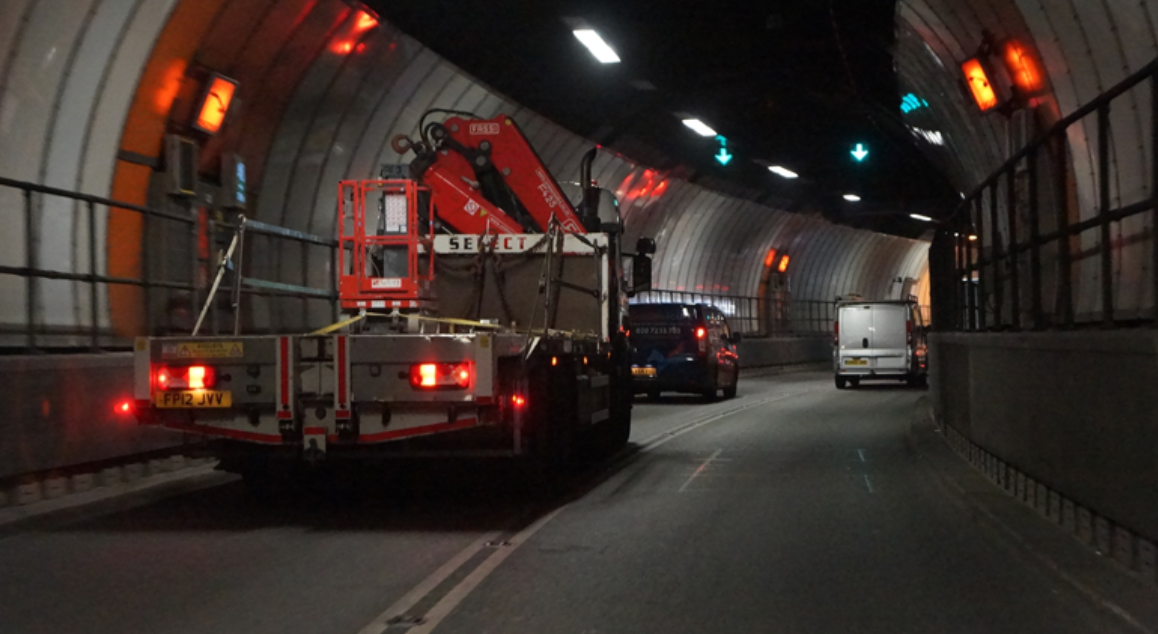How Does Radio Communication In Tunnels Work?

Radio communications in tunnels work slightly differently than any other form of communication throughout work sites worldwide. The main difference is that the radio waves have to travel through very dense materials, such as concrete and metal, in order to reach the other person. In order for the signal to be strong enough to make it through these materials, a different type of antenna is needed. The most common type of antenna used for radio communication in tunnels is a whip antenna. This type of antenna is able to send and receive radio signals through the dense materials and allow for clear communication between people.
Another difference in radio communication in tunnels is the power output. The power output has to be much higher in order to make it through the materials. This means that the battery life will be shorter, but it is still possible to communicate through a radio in a tunnel.
Why Do We Need To Maintain Communication In Tunnels
Tunnel radio communication is an important part of keeping people safe while they are working in these dangerous environments. It is essential that all workers have a clear and reliable way to communicate with each other in order to make sure that everyone is safe.
Having a radio system in place can help to make sure that all workers are able to stay in contact with each other and that they can coordinate their efforts in case of an emergency.
In addition to safety, radio communication in tunnels is also important for coordinating traffic. When there is a lot of traffic going through a tunnel, it is important to be able to coordinate the traffic so that everyone can get where they need to go without any accidents.
Radio communication can also be used to provide information about the construction or other work that is going on in the tunnel. This can be important for people who are traveling through the tunnel so that they can avoid any areas that might be dangerous.
How Does Radio Communications In a Underground Tunnel Work?
The way that radio communication in a tunnel works is by using a system of low-power transmitters that are positioned throughout the entire tunnel. Each transmitter has a specific range for which it will broadcast its signal. They will overlap one another so that people can be reached throughout the tunnel.
Tunnel workers can talk to one another through walkie-talkies or cell phones. They usually have a base station on their person that can be used to keep in contact with the tunnel’s main system.
The base station is typically a portable radio that has been specifically designed for use in tunnels. It is important to have a radio that is able to transmit its signal through the materials in the tunnels.
Smartcom Leaky Feeder System
The SMARTCOM 100 LEAKY FEEDER SYSTEM is a system that uses low-power transmitters to communicate with people who are working in tunnels. It is specifically designed for use in these environments.
The system comes with two wireless devices, one for the helmet and one for the wrist. These devices allow for clear communication between people who are working in the tunnel.
In addition to the two wireless devices, the SMARTCOM 100 LEAKY FEEDER SYSTEM also comes with a handheld device. This device can be used to communicate with the surface by using a signal that is transferred through the transmitter.
If you would like to learn more about our communication system contact us today at Becker Communications for more information!